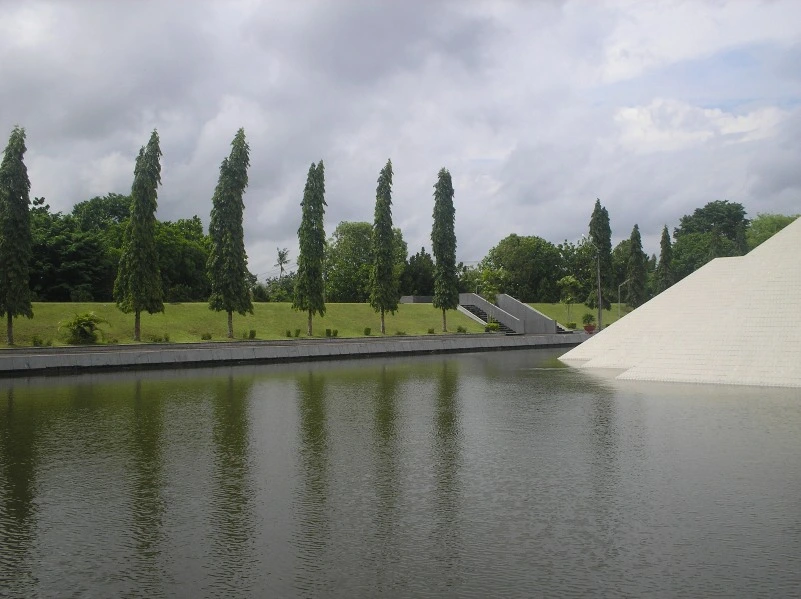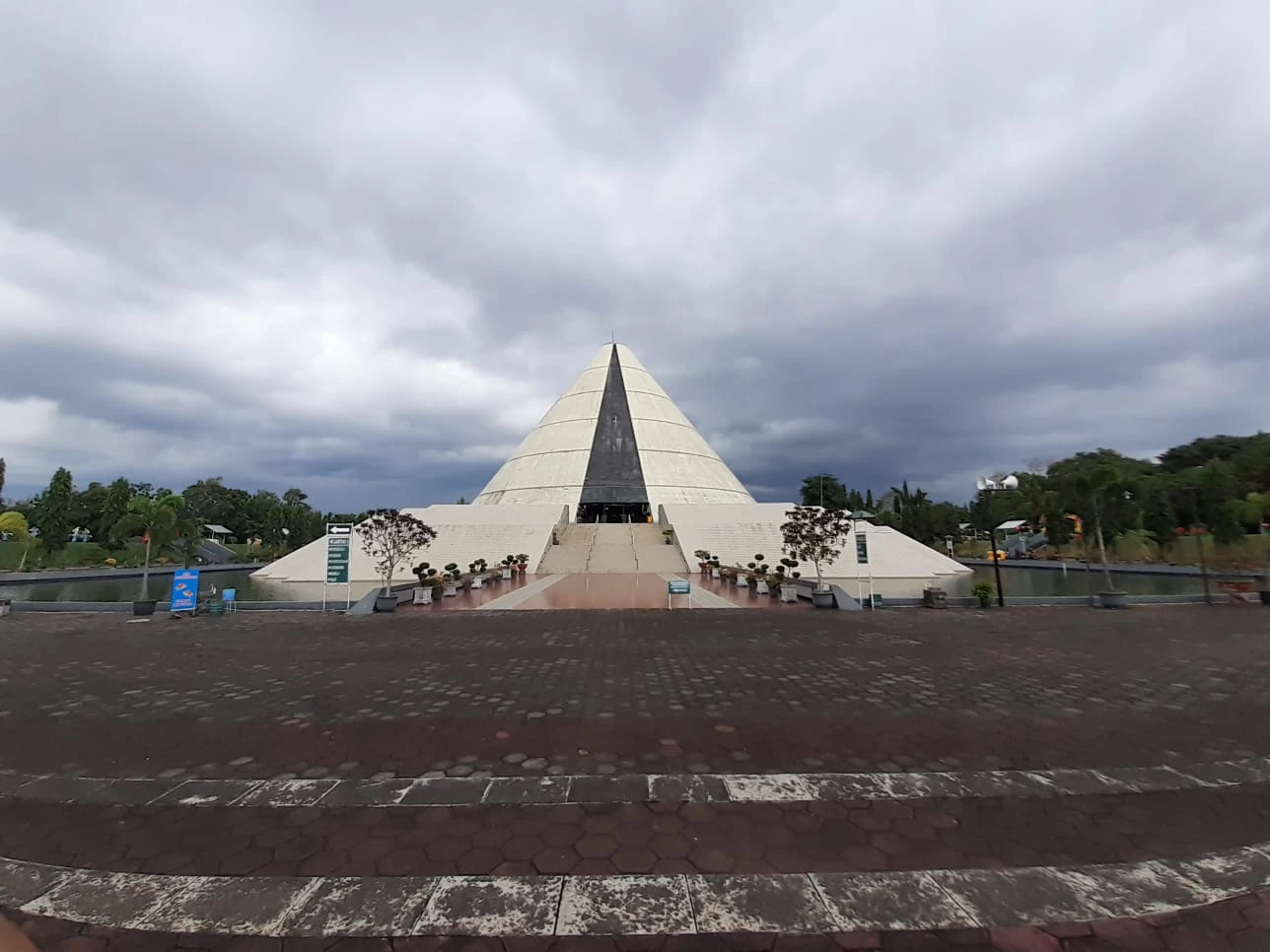Monjali, or the Jogja Kembali Monument, is a monument built to commemorate the return of Yogyakarta to its function as the Capital of the Republic of Indonesia, which was seized from the Dutch on June 29, 1949. The name Jogja Kembali was chosen to commemorate the historical event of the withdrawal of the Dutch occupation forces from the Capital of the Republic of Indonesia in Yogyakarta at that time.
This is an early sign of the freedom of the Indonesian nation from the power of the Dutch government. The monument began to be built on June 29, 1985.
On July 6, 1989, Monjali was inaugurated by President Soeharto. This monument has a shape that resembles a tumpeng, built on an area of 49,920 square meters with a height of 31.8 meters.
Colonel Soegiarto, the Mayor of Yogyakarta, first proposed the idea of building this monument in 1983. Several important factors were considered when constructing it.
This is an early sign of the freedom of the Indonesian nation from the power of the Dutch government.
The center point of this building is a point that is imaginarily connected to several important points in Yogyakarta, namely the Palace, Tugu, Mount Merapi, and Parangtritis. The Monjali building consists of 3 floors.
The 1st floor contains 4 museum rooms, the 2nd floor contains 10 dioramas and 40 reliefs, and the 3rd floor is named Ruang Garba Graha, which is a silent room to pray for the souls of fallen heroes. The collection in Monjali is 1,108, consisting of heraldry, miniatures, replicas, vehicles, firearms, traditional weapons, documentary photos, Army transportation equipment, health equipment, inventories, display statues, archives, lists of heroes, dioramas, reliefs, and evocatives.
There is another uniqueness of Monjali besides the shape of the building, namely, the main building, which is surrounded by a fish pond. The existence of this pond functions as a pegama, which, according to tradition, is interpreted as a repellent to all evil things.

In addition, the pond water can also be interpreted as a symbol of purity. It is hoped that by passing through the fish pond before entering the main building, visitors can feel calmer, making it easier to understand the various knowledge and examples of the heroes that can be obtained during a visit to Monjali.




 Annissa Wulan
Annissa Wulan
 Apr 23, 2025
Apr 23, 2025